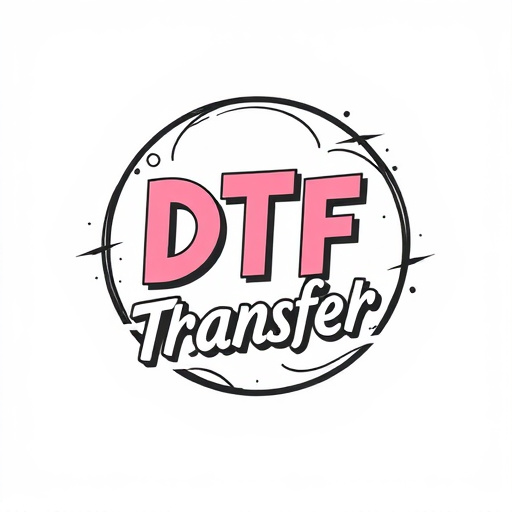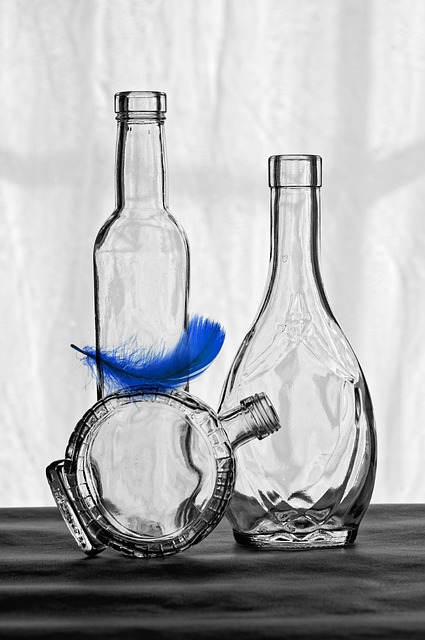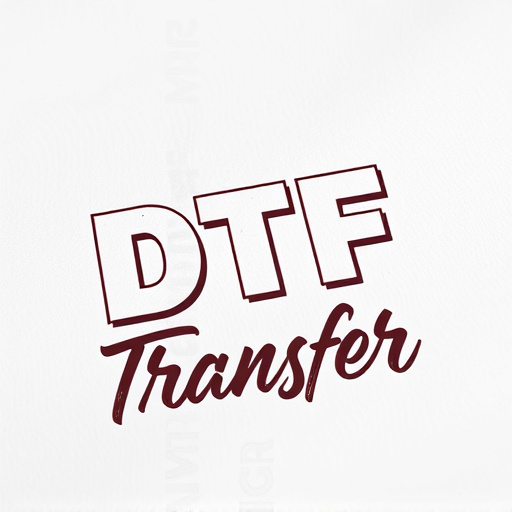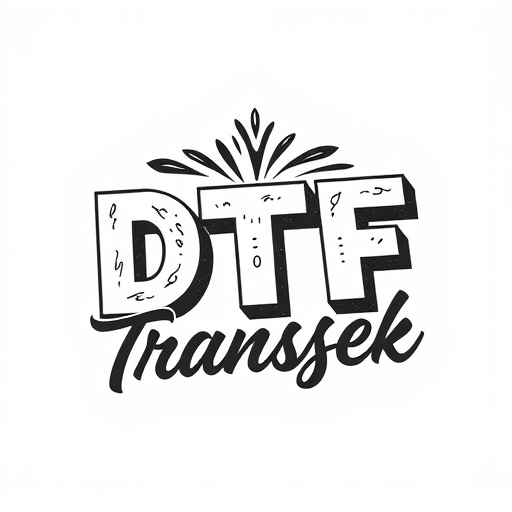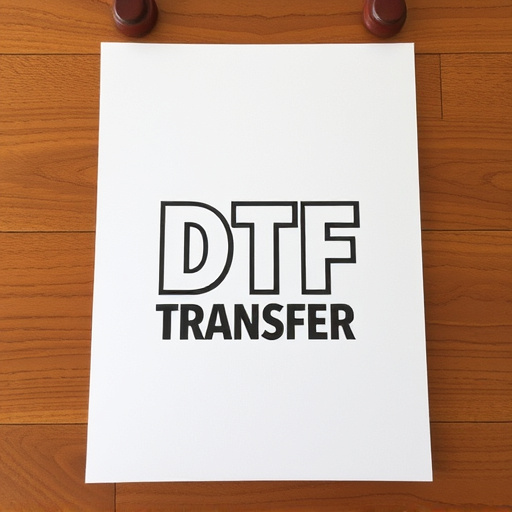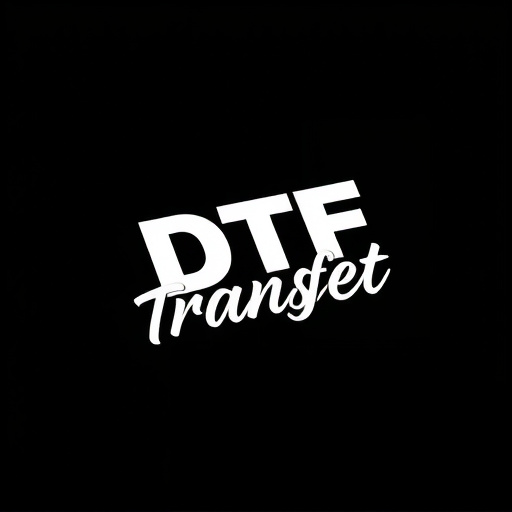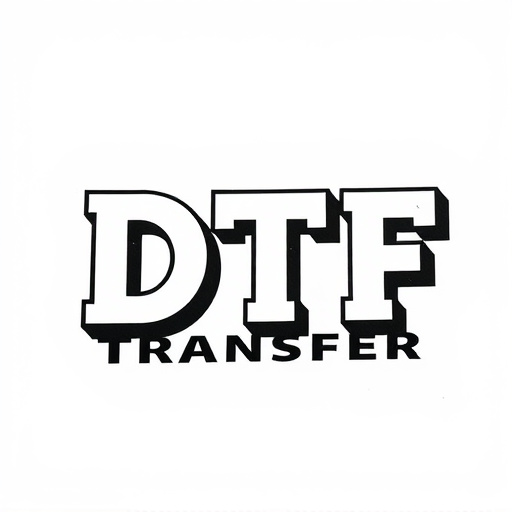Direct-to-Fabric (DTF) Printing empowers businesses and creators to produce custom designs on demand without large minimum orders. Using specialized printers and heat transfer paper, DTF offers vibrant prints on various fabrics with precise details and rich colors. Ideal for small-batch production, it minimizes waste and inventory costs while enabling quick turnaround times and versatility in complex design handling. Suitable for clothing, home decor, and specialty items, DTF Printing is an eco-friendly, cost-effective, and creative game-changer.
In today’s dynamic market, catering to niche demands without large minimum order quantities is key. Enter DTF (Direct to Fabric) transfer printing—a versatile technology revolutionizing small-batch production. This article delves into the world of DTF, exploring its benefits and how it works through a step-by-step guide. We’ll uncover the advantages of small-batch DTF prints, best practices for quality control, and common applications, empowering businesses to unlock endless design possibilities with minimal waste.
- Understanding DTF Transfer and Its Benefits
- How DTF Printing Works: A Step-by-Step Guide
- Advantages of Small-Batch DTF Prints
- Choosing the Right Materials for DTF Transfer
- Common Applications of DTF Transfer Technology
- Best Practices for Maintaining Quality in Small-Batch Production
Understanding DTF Transfer and Its Benefits
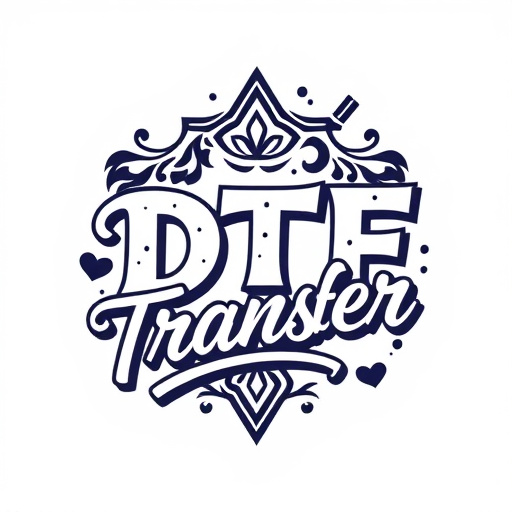
The DTF (Direct to Fabric) Transfer method has emerged as a game-changer in the world of printing, offering small businesses and entrepreneurs an efficient way to create custom fabric designs without the traditional minimum order requirements. This innovative process allows for on-demand printing, enabling businesses to cater to diverse customer preferences while minimizing waste and inventory costs. By eliminating the need for large batch sizes, DTF Transfer is ideal for small-batch production, from clothing lines to home decor items.
DTF Printing provides several advantages over conventional methods. It offers vibrant and durable prints on a variety of fabrics, ensuring high-quality results. The technology uses heat to transfer ink directly onto the fabric, resulting in precise details and rich colors. Moreover, DTF allows for faster production times, making it an excellent choice for those seeking quick turnaround without compromising quality. This method is versatile, accommodating various design complexities, and is suitable for both small-scale and specialty orders.
How DTF Printing Works: A Step-by-Step Guide

Direct-to-Garment (DTF) Printing is a game-changer for small businesses and entrepreneurs looking to offer custom designs on demand, without the hassle of large minimum order quantities. This innovative process allows for the creation of unique, high-quality prints on various garments, all while maintaining a low setup cost. Here’s how it works:
1. Design Preparation: Start by creating or obtaining your desired design. Whether it’s graphic art, text, or an illustration, ensure it’s optimized for printing. The design is then digitally prepared and ready for transfer.
2. DTF Transfer Application: Next, a DTF transfer paper is selected based on the garment type and desired print finish. This specialized paper acts as a bridge between your design and the fabric. The design is precisely printed onto the transfer paper using a high-resolution printer, typically an inkjet or laser printer capable of handling special inks.
3. Heat Pressing: Once the transfer is complete, it’s time to apply heat. A heat press machine is used to fuse the design from the transfer paper onto the garment. The garment is placed on a heat-resistant surface, and the heated press gently presses the transfer, ensuring the ink permeates the fabric fibers for a long-lasting print.
4. Curing and Quality Check: After heating, the printed garment goes through a cooling process. This step ensures the inks set properly. A final quality check is performed to verify the crispness of the print and ensure it meets your standards before offering it for sale or distribution.
Advantages of Small-Batch DTF Prints
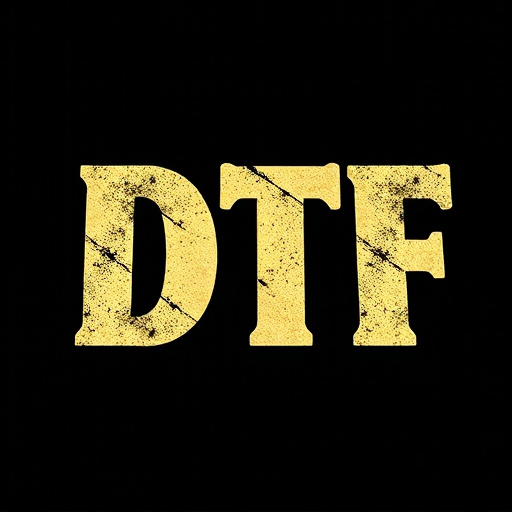
Small-batch DTF (Direct to Fabric) prints offer a multitude of advantages for businesses and creators looking to customize their products without the constraints of large minimum order quantities. One of the key benefits is the flexibility it provides in terms of design and product variety. With DTF, you can create unique, one-off designs or produce small runs of personalized items, catering to niche markets and individual customer preferences. This method is particularly appealing for small businesses, entrepreneurs, and artists who want to test the market without committing to large production runs.
Moreover, DTF Printing allows for cost-effective production, as it requires less set-up time and equipment compared to traditional printing methods. It’s an efficient process that enables businesses to quickly adapt to changing trends and demands. The ability to produce smaller batches also means there’s less waste, making it an eco-friendly option. Additionally, DTF Transfers ensure high-quality results, allowing for vibrant colors and detailed designs on a variety of fabrics, opening up endless possibilities for creative applications.
Choosing the Right Materials for DTF Transfer
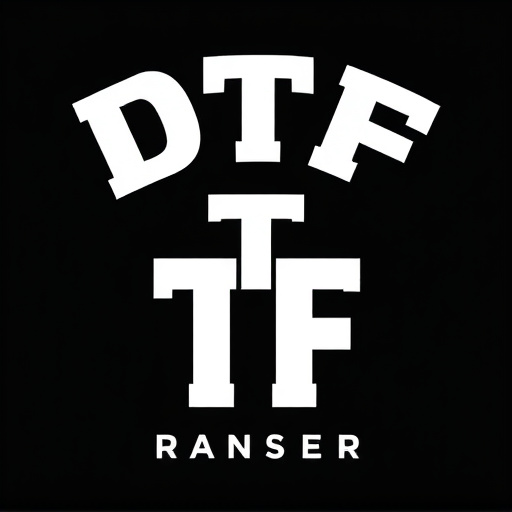
When crafting small-batch items with a DTF (Direct to Garment) transfer method, selecting the appropriate materials is key to achieving high-quality DTF prints. The first step involves choosing the right fabric, ensuring it’s suitable for DTF printing and aligns with your desired design. Cotton, polyester blends, and certain types of natural fabrics work best due to their even absorbency and ability to withstand the heat process. Avoid materials that are too thick or have a rough texture as these can impede ink transfer.
Additionally, investing in premium quality transfer paper designed for DTF printing is essential. Look for papers with excellent adhesion properties, ensuring they securely bond with your fabric during the pressing stage. The right transfer paper will also minimize bleeding and smudging of inks, resulting in crisp, vibrant DTF prints. Consider factors like paper weight, release agent type, and the manufacturer’s recommendations to guarantee optimal printing outcomes for your small-batch projects.
Common Applications of DTF Transfer Technology
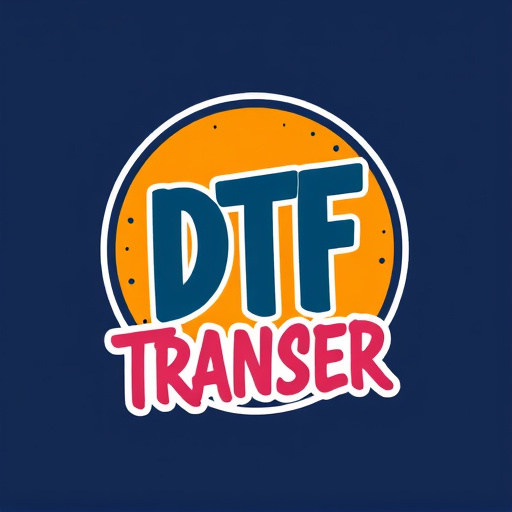
The DTF (Direct-to-Film) transfer technology has found its way into various industries, revolutionizing the way custom designs are created and applied to a multitude of surfaces. This innovative process allows for small-batch production without the usual constraints of minimum order quantities, making it an ideal solution for businesses catering to niche markets or those seeking flexible manufacturing options.
From apparel and accessories to signage and decorative items, DTF Printing offers endless possibilities. It enables the production of personalized garments, allowing fashion designers to create limited-edition collections with intricate details. Additionally, it is widely used in the craft industry for custom patterns on fabrics, ceramics, and wood. DTF technology also excels in producing high-quality signs and displays, ensuring vibrant DTF prints that enhance any space. Its versatility and efficiency make it a preferred choice for businesses aiming to offer unique, customized products while maintaining cost-effectiveness.
Best Practices for Maintaining Quality in Small-Batch Production
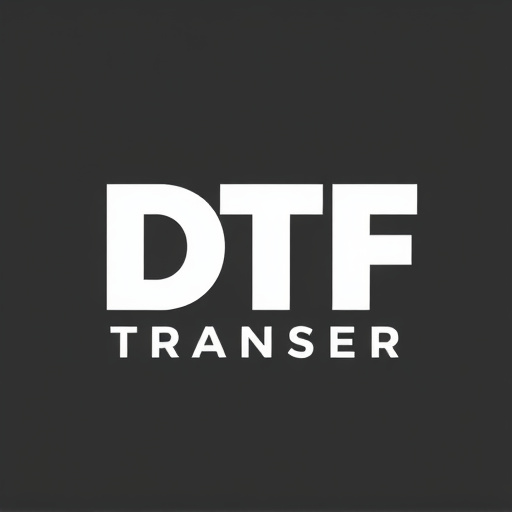
Maintaining quality in small-batch production is paramount to ensuring each DTF transfer and DTF print meets high standards. One best practice involves implementing rigorous quality control measures at every stage of the process, from material selection to final inspection. This includes using top-quality materials and inks, as well as maintaining consistent printing settings to achieve precise DTF prints. Regularly calibrating your equipment and keeping records of successful batches can help maintain consistency.
Furthermore, a structured testing protocol should be in place. Random samples from each batch should be pulled for thorough examination, considering factors like color accuracy, detail retention, and overall print quality. This proactive approach ensures any deviations from the expected standards are identified early on, allowing for prompt adjustments to the process. By adhering to these practices, small-batch producers can deliver exceptional DTF prints without being bound by minimum quantity requirements.




